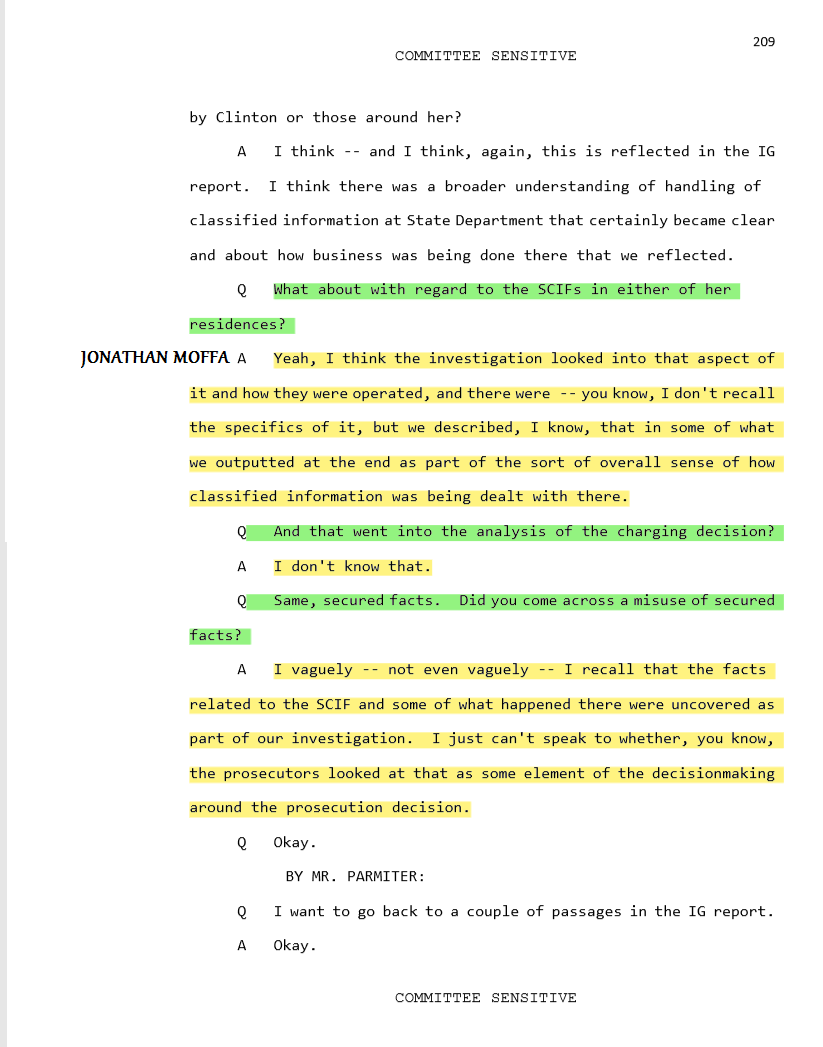

military usage, is defined by the Joint Chiefs of Staff, in CJCSM 3150.29A "Codename, Nickname, and Exercise Term Report (NICKA)". These are the main categories, although there have been specific programs, such as the PSALM compartment established by the President during the Cuban Missile Crisis (see example įormally, the system of "code names" and "nicknames", in U.S. The compartmented control systems are used in addition to the regular classification markings and control procedures. Critical Nuclear Weapons Design Information, which may have other labels, is one such subcategory. Restricted Data (RD) and other labels for nuclear weapons design, naval power reactors, and other information.Sensitive compartmented information (SCI) for intelligence material, with regulations promulgated by the Director of National Intelligence,.Single Integrated Operational Plan (SIOP-ESI ), the ESI designating "extremely sensitive information", for fighting a nuclear war,.Special access programs (SAP) for military plans, weapons, special procurement, and other matters of unusual sensitivity, under regulations promulgated by the United States Secretary of Defense,.In WWII, it was convenient, in trying to find out if someone had access to NEPTUNE and OVERLORD planning information, to ask "are you bigoted?" An indignant answer of "no" ended that part of classified discussion.Ĭompartmented control systems fall into several broad categories: intelligence use, as the list of people given access to a particular compartment. Spelling this backwards gave BIGOT, which was a compartment for information about the Normandy invasion. A strange term, BIGOT, derived from the stamping of orders for officers going to Gibraltar to plan the North African invasions, "TO GIB". MAGIC and ULTRA, respectively, covered communications intelligence on Japan and Germany. In a less formalized way, such systems came into use during the Second World War. In NATO, and especially the UK, there is some level of sharing nuclear weapons information. Intelligence sharing is more selective among other NATO nations and with friendly countries in other areas.
When should documents be marked within a scif code#
The latter include things variously called code words, nicknames, code names, pseudonyms, and cryptonyms, with overlapping usage.Įspecially for the intelligence-related systems described below, there is significant sharing among Australia, Canada, New Zealand, the United Kingdom, and the United States. It cannot be overemphasized that the classifiers themselves do not always follow their own rules, both in formatting and in the types of markings. One of the reasons for this article is to assist those who might see declassified primary documents, and at least have some idea of the marking conventions. The very existence of some systems was highly classified for a number of years (e.g., see National Reconnaissance Office), and there is absolutely no reason to assume that every convention is known the DNI guidance cited here has, for example, a number of "ECI" categories, the details of which are deleted. The Department of Defense, United States intelligence community, and United States Department of Energy each are responsible for different compartmented systems. While the Director of National Intelligence (DNI)) has tried for clarity in markings, there is no single U.S. While various commissions have complained the classification system is too complex and results in unneeded costs, what has already been written will not be undone. 5 Sharing of classified information with other countriesĪbove and beyond their regular security classification systems for military, diplomatic, and intelligence information that needs protection, the United States, as do several other nations with complex security needs, have implemented compartmented control systems.4.3 Naval Nuclear Propulsion Information.4.2 Critical Nuclear Weapon Design Information.3.2 Marking information to indicate compartment(s).



 0 kommentar(er)
0 kommentar(er)
